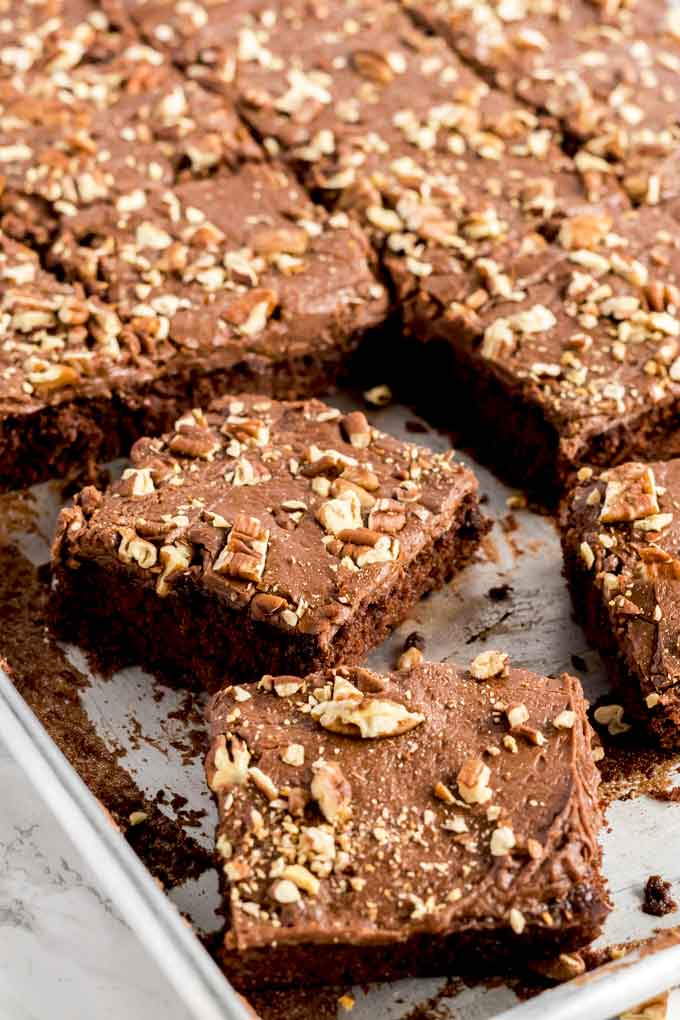


You may never have wondered, but this is probably the most interesting part of the story. ( Eggs need the proper acidity to set, for instance.) If you switch out powder for soda, you may not get enough gas, because baking powder contains so much less bicarbonate per volume than soda. Even if there are acidic elements in your recipe, it may still not rise, because you made the batter too alkaline.

If you use baking soda in a recipe that calls for baking powder, and there isn’t an acid among the ingredients, your product won’t rise. When to Use Baking Soda and Baking PowderīakeWise: The Hows and Whys of Successful Baking with Over 200 Magnificent Recipes, $19.99 from Amazon Discover more baking science in Corriher's second book. That’s why the vast majority of baking powders sold in grocery stores today are what’s known as double-acting baking powder: They’re rising once, then again. The names of these acid salts are cream of tartar-also known as potassium bitartrate, a by-product of winemaking that has nothing to do with tartar sauce-and calcium aluminum phosphate. That’s because the acidic salts most commonly used in baking powder need heat to work fully. Baking powder, on the other hand, creates a little gas when you first mix it in (that’s the baking soda working), and then more when the acidic salts have had a chance to fully dissolve, and yet a little more when your product is put in the oven. Remember when you were a kid and you’d mix it with Coke to get a crazy foaming effect? Your dough or batter begins rising the minute you mix in the soda. Baking soda produces gas immediately upon contact with liquid acid. The two leavening agents work at different speeds. Spring Chef Magnetic Measuring Spoons Set, $13.97 from Amazon These measuring spoons have dual ends and stick together for easy storage.


 0 kommentar(er)
0 kommentar(er)
